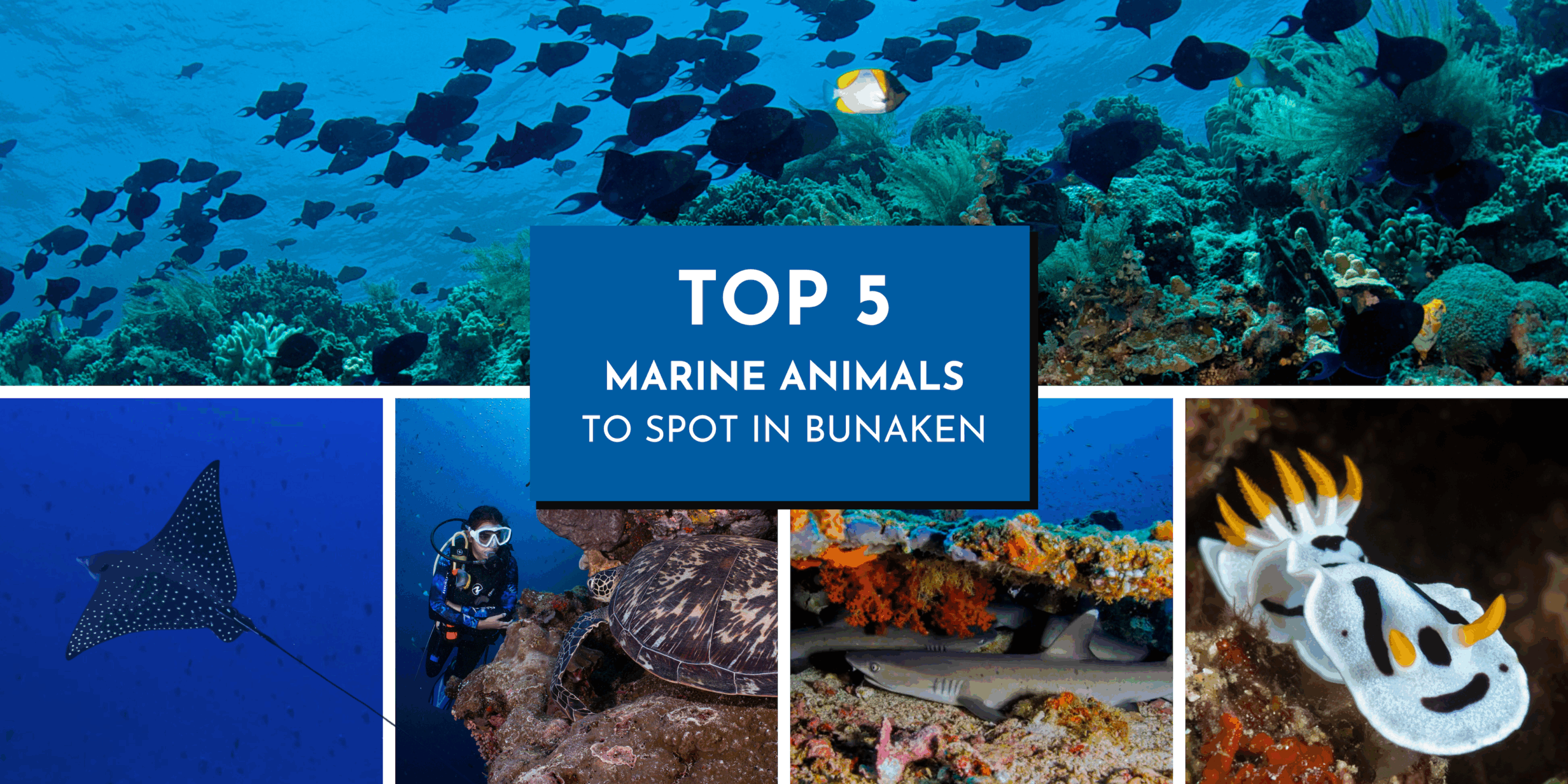
Bargibanti Pygmy Seahorses: North Sulawesi
Nestled within the heart of the Coral Triangle, Murex Resorts is the perfect place for you to embark on an extraordinary journey to discover these elusive seahorses and witness firsthand the marvels of their delicate existence. Prepare to be captivated by their vibrant colors, intricate patterns, and extraordinary camouflage abilities, as we unveil the secrets of the mesmerizing Bargibanti Pygmy Seahorse.
Pygmy Seahorse Fact File
The tiny pygmy seahorse was not discovered until 1969 due to its impressive camouflage (and minuscule size) which had, until then, kept it undetected by scientists. It was only when a new Caledonian scientist, George Bargibant was examining samples of gorgonian (Muricella sp.) fans on his dissection table that he noticed a tiny pair of seahorses. The following year, 1970, the seahorses were officially named as Bargibant’s pygmy seahorse (Hippocamus bargibanti).

Bargibanti pygmy seahorses were only discovered in 1969. Photo credit: Markus Roth
Bargibanti Habitats and Camouflage
Bargibanti pygmy seahorses are extreme habitat specialists, spending their entire adult life on a single gorgonian coral of the species Muricella paraplectana or M. plectana. Bargibanti’s are one of the smallest seahorse species in the world and only grow to around ¾ of an inch.
They are able to change their coloration to blend almost entirely with their host fan. They also adopt “tubercles”, which are the warty like nodules on their bodies which closely resemble the buds of the fan. This species attaches itself to the fan by wrapping its prehensile tail around one of the branches to act as an “anchor”.
The size of these seahorses renders it impossible for them to survive alone. They are too small to handle currents and they are not strong swimmers – for this reason they are found living in close proximity to one another, with small colonies of up to 20 adults existing on a single fan.

Bargibanti’s live in colonies and anchor to fans using their tails
Bargibanti Diet
The barigibanti’s snout and mouth size means it is not possible for them to consume large pieces of food so they exist on a diet of extremely small food particles brought to them directly by currents or which becomes caught on the fans outstretched branches.
This species does not have a digestive system so they spend most of their time eating or resting. During mating they will ingest less than usual for a short period.

Bargibanti’s eat small particles of food due to their tiny snouts and mouths
Bargibanti Mating
Bargibanti’s do not mate monogamously and may swap mates within the colony. Mating can occur all year round, providing they have a good supply of food and minimum stress.
Great care must be taken when viewing and photographing any marine life but this species of seahorse is particularly susceptible to damage from poor diving and photography techniques. It is vital that neither the seahorses nor their gorgonian host are touched in any way – by human hand or diving or photography equipment.

Excellent buoyancy is essential for maintaining pygmy and sea fan health
Excellent buoyancy is essential – if you’d like to work on your buoyancy while you are here, take a look at our PADI Courses. The PADI Advanced Open Water Course includes a Peak Performance Buoyancy dive, or if you are already Advanced, try the PADI Buoyancy Specialty to hone your skills.
The bargibanti mating process involves the females depositing eggs into the body of the male. Males have a “pouch” which allows them to carry the eggs up to the point where they are ready to be released. The male will usually carry the eggs for several weeks before giving birth to fully formed offspring. Did you know that the warmer the water, the faster the embryos develop and the shorter the gestation time? It’s true!

The male bargibanti carries the embryos – note the rotund stomach shown here
Despite being one of the smallest species in our oceans when they are born they actually have a higher survival rate than many other seahorse species. Their higher survival rate is thought to be due to them being among the best at hiding in their natural settings – they did after all manage to keep humans in the dark about their existence until 1969!
Bargibanti Dive Sites
Here at Murex Dive Resorts our Underwater Photography and Marine Biology trained Dive Guides are experts at spotting these iconic critters. Our best dive sites for finding them are around Bangka Island, most notably Tanjung Usi, Sahaung 1 & 2 and Batu Tiga but we do have sightings at almost all Bangka dive sites.
We also have sightings around Bunaken Island but they tend to be less reliable – although our Dive Guides will double check every fan just to make sure!

Bangka’s dive sites offer numerous Bargibanti sightings
Take A Passport To Paradise
Are you planning your next trip to North Sulawesi? Are you hoping to discover some of the best dive sights and marine life in the world? Why limit yourself to one location when you can dive in three distinct destinations in one incredible trip with our Passport to Paradise?
Discover the staggering coral walls of the Bunaken Marine Park, explore Bangka Island’s kaleidoscopic reefs and see some of the world’s rarest and most unusual marine life in Lembeh. Bunaken -> Bangka -> Lembeh, why choose when you can do it all?

Three distinct destinations brought together by Passport to Paradise
With boat diving transfers from resort to resort there is no gear drying, packing or wasted transfer days, we take care of the logistics so you don’t need to – you just dive, dive, dive!
To make a reservation or for more information, contact us on: reservations@murexresorts.com. We look forward to welcoming you to our little patch of paradise in North Sulawesi soon.




